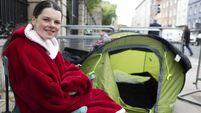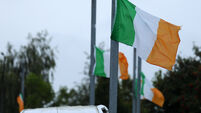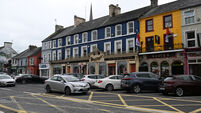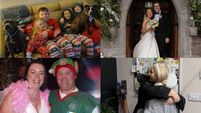Cork/Kerry HSE region has the most children waiting for Camhs appointment

The national waiting list shows 4,293 children waiting for mental health interventions, although 40% have waited less than 12 weeks.
More than 600 children are waiting longer than a year for an appointment with the Child and Adolescent Mental Health Services (Camhs), a jump from 521 in September, latest HSE data shows.
Cork/Kerry now has more children waiting to be seen (857) than any other HSE region in the country. This includes 296 children waiting longer than one year, up from 178 in September.















